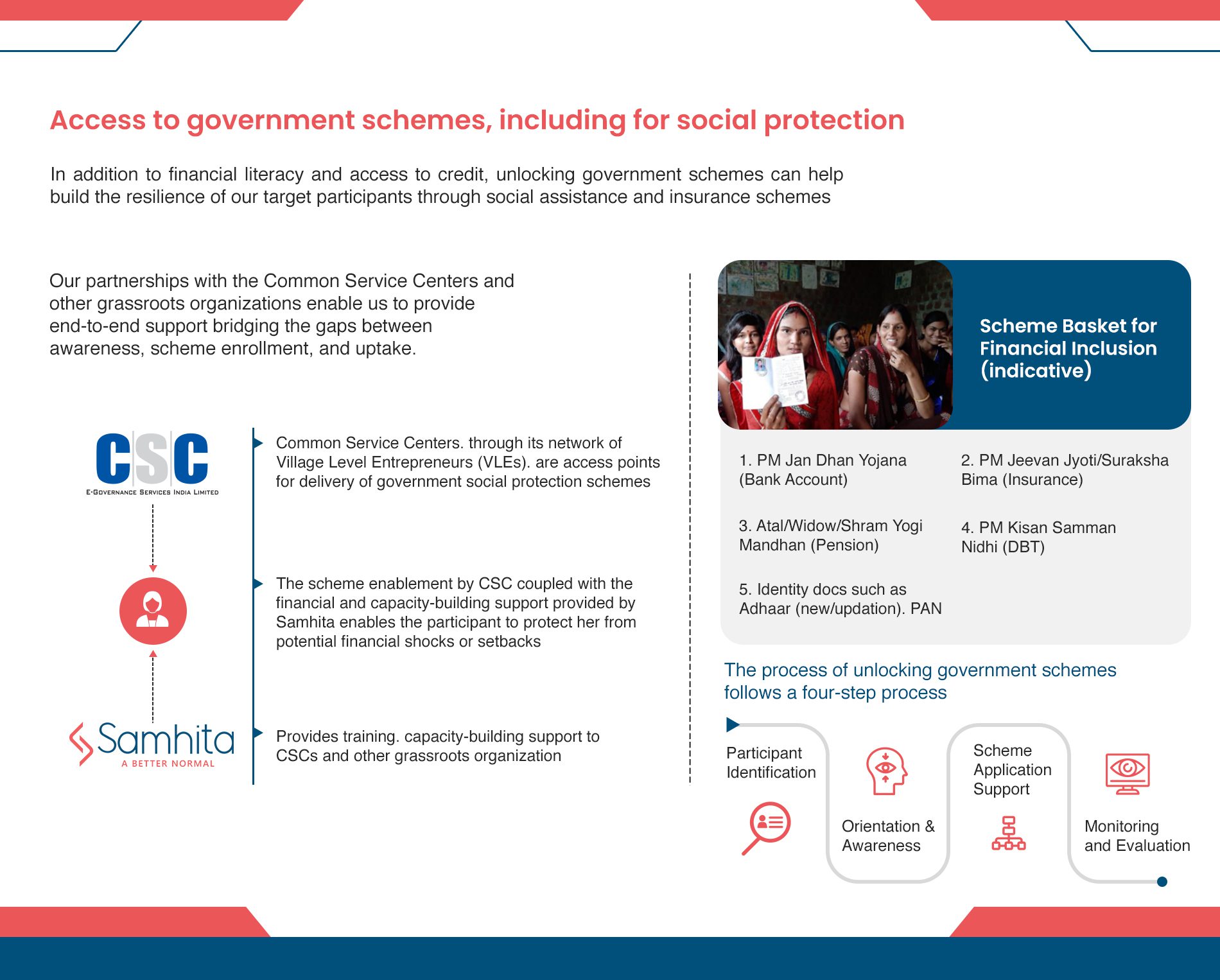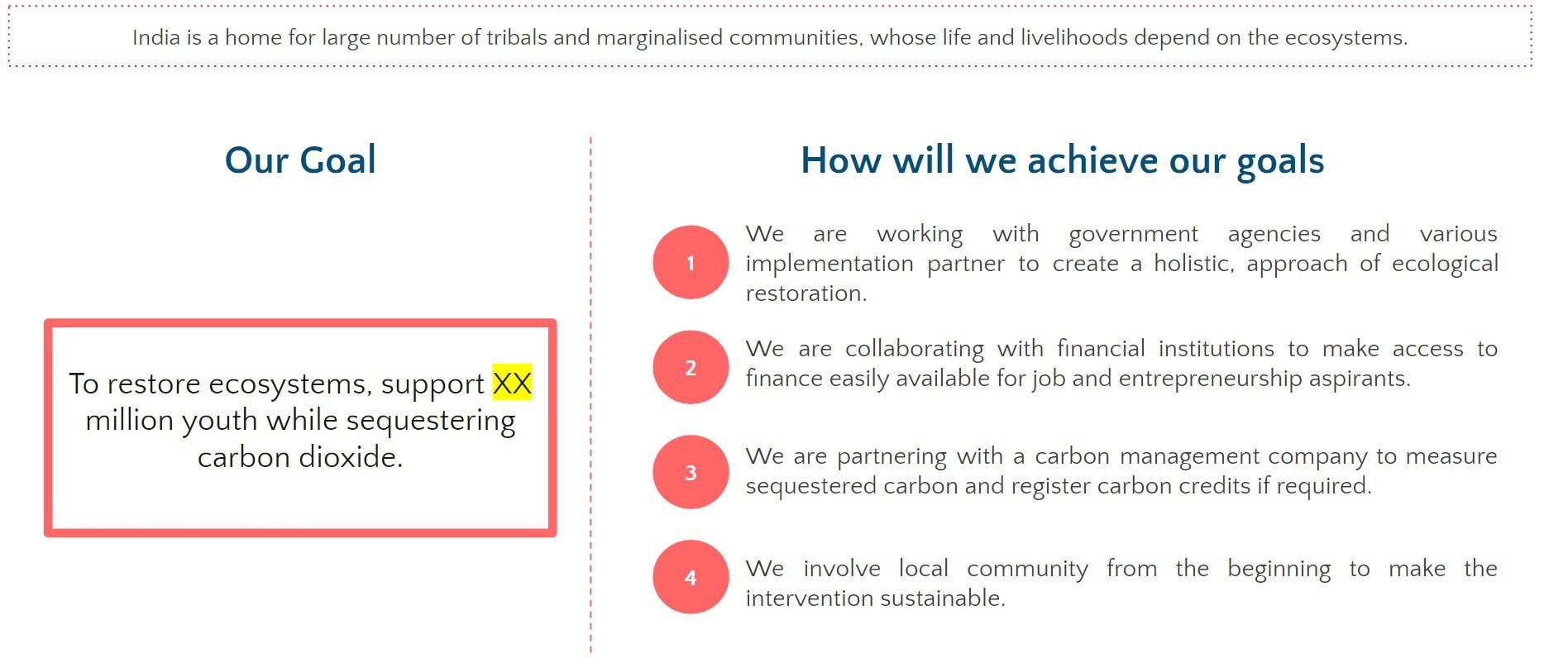CSR: From the perspective of nonprofits
In consultation with 320 nonprofits across India it was found that, “The most reported challenge was a lack of long-term commitment from companies, causing uncertainty and instability among nonprofits. This was followed by a perceived lack of understanding on the part of companies about social issues and solutions, and an emphasis on achieving targets.”
Ragini Menon, Senior Associate and Anushree Parekh, Head of the research and knowledge team at Samhita along with Priyanka Dhingra, Head Programme and Executive Committee member at ATE Chandra Foundation, write about existing trends and challenges that nonprofits face, while highlighting critical aspects of the CSR ecosystem that need strengthening.





































































































































